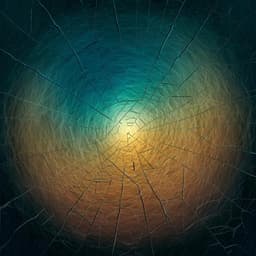
Space Sciences
Lightning-induced relativistic electron precipitation from the inner radiation belt
M. Feinland, L. W. Blum, et al.
Discover groundbreaking observations of lightning-induced electron precipitation in the Earth's inner radiation belt, revealing a fascinating interplay between our planet's weather and cosmic phenomena. This exciting research was conducted by Max Feinland, Lauren W. Blum, Robert A. Marshall, Longzhi Gan, Mykhaylo Shumko, and Mark Looper.
Playback language: English
Related Publications
Explore these studies to deepen your understanding of the subject.







